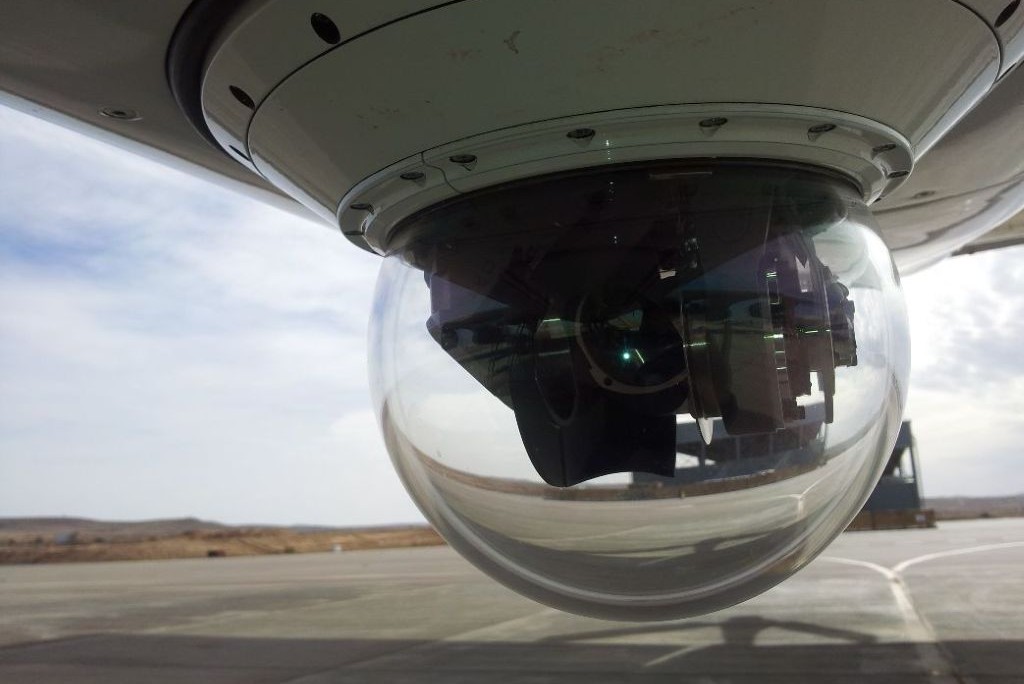EGNOS: Transforming Aviation Through Satellite Navigation
Introduction
On December 17, 1903, Orville and Wilbur Wright achieved a historic milestone by completing the first powered flight of a heavier-than-air aircraft. This brief flight of just 12 seconds marked a pivotal moment in the evolution of aeronautics. Fast forward more than a century, advancements in technology have revolutionized air travel, enhancing safety, efficiency, and accessibility. A significant leap forward in this field has been facilitated by Global Navigation Satellite Systems (GNSS), with the European Geostationary Navigation Overlay Service (EGNOS) playing a critical role in modern aviation.
The Importance of EGNOS
As a satellite-based augmentation system, EGNOS significantly enhances GNSS performance in Europe and its adjacent regions. Its utility extends across various sectors, providing substantial support to:
- Aviation: Enhances landing precision and safety.
- Maritime Navigation: Improves routing for vessels.
- Agriculture: Aids in precision farming techniques.
- Emergency Services: Facilitates timely responses in critical situations.
While GNSS systems like GPS and Galileo serve general commuting needs, EGNOS offers unparalleled accuracy and integrity—essential for aircraft operations.
Mechanics of EGNOS
EGNOS operates by utilizing over 40 ground stations dispersed throughout Europe, which collect and analyze GPS signals. These stations monitor for errors, such as:
- Satellite clock discrepancies
- Orbital inaccuracies (ephemeris errors)
- Ionospheric disturbances
The corrected data is transmitted to uplink stations, which relay signals via geostationary satellites back to EGNOS-enabled receivers. This sophisticated approach boosts GPS accuracy from approximately five meters down to one or two meters, enabling reliable navigation and timing crucial for aviation safety.
Services Offered by EGNOS
EGNOS provides a variety of services tailored to meet specific user needs:
- Open Service (OS): Designed for public access.
- EGNOS Data Access Service (EDAS): Tailored for professional and commercial use.
- EGNOS Safety of Life (SoL) Service: Focused on safety-critical operations, particularly in civil aviation.
The LPV-200 (Localizer Performance with Vertical Guidance) service exemplifies EGNOS’s impact on aviation:
- Landing Precision: Offers guidance comparable to Category I Instrument Landing System (ILS) approaches, enabling low visibility landings down to a decision height of 200 feet.
- Cost-Effectiveness: Reduces the need for expensive ground infrastructure, making precision landing capabilities feasible even for smaller airports.
EGNOS and the Benefits for Aviation
As aircraft approach airports, precise positioning is vital. The ILS, a traditional ground-based system, requires extensive infrastructure, making it costly and complex. EGNOS addresses these challenges by enabling pilots to access satellite-based guidance akin to ILS without the associated operational overhead.
Key advantages of EGNOS-enabled LPV-200 include:
- Operational Flexibility: Allows for alternative landing sites, thereby decreasing flight distances and fuel consumption.
- Environmental Sustainability: Reduces emissions through optimized flight operations, including fewer diversions.
- Improved Safety: Facilitates accurate assessments of landing conditions, minimizing the need for circling or aborting approaches.
Support for Helicopter Emergency Services
Beyond commercial aviation, EGNOS also significantly bolsters emergency medical services (Medevac) provided by helicopters. These aircraft are critical for quick-response operations within the European Economic Area (EEA). The benefits of EGNOS in this domain include:
- Enhanced Navigation: Provides precise, satellite-guided routes to remote locations, including hospitals and offshore platforms.
- Operational Safety: Ensures that emergency teams can navigate effectively, even in adverse conditions, thereby enhancing patient outcomes.
Looking Ahead: EGNOS v3
As the future unfolds, EGNOS v3 is set to further augment both GPS and Galileo signals, improving reliability and extending coverage beyond Europe. This advancement promises to enhance navigation precision and accessibility for an even broader range of users, illustrating EGNOS’s enduring commitment to transforming aviation safety and efficiency.
Through its innovative approach, EGNOS has reshaped navigation in the skies, setting a new standard for aviation operations and emergency services alike. The continued evolution of this satellite navigation system represents a critical intersection of technology and public safety, underscoring the transformative potential of space-based systems in our interconnected world.





